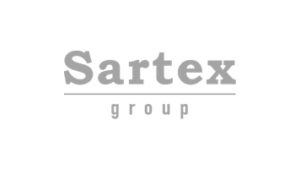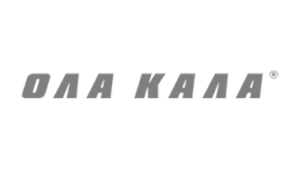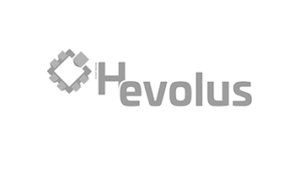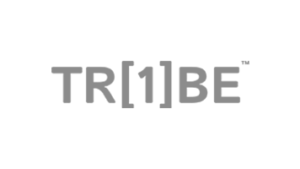
Free returns – both a blessing and a curse. They may benefit consumers, but the hidden costs harm the planet. Online retailers create a clear competitive advantage by offering their customers a free return policy. However, this service incurs high internal costs and is extremely harmful to the environment. Studies show that in the U.S. alone, over 3.5 billion products are returned each year, creating tons of CO2. This pollution not only drives climate change but also degrades air quality.
What Happens to Returned Items?
E-commerce has changed how customers shop: They order items in different sizes and colors and use their homes as fitting rooms to find the perfect fit. Anything that doesn’t meet the customers’ expectations is returned without hesitation. However, only half of the returned items are put back on sale. The other half ends up directly in landfill despite being in good condition, as this is often the most cost-effective way for companies. Direct disposal costs significantly less than cleaning, repairing, repackaging, and transporting the items.
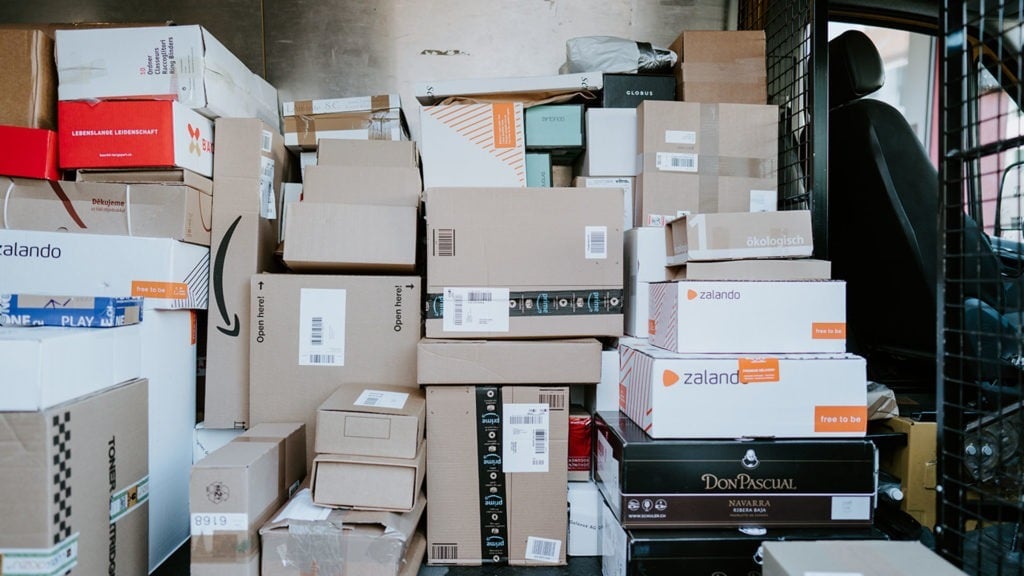
Time to Rethink the Strategy
Fortunately, more and more consumers are recognizing this problem and paying attention to how their purchases impact the environment. This trend is forcing companies to rethink their strategy and making them aware of their responsibility not to encourage customers to return goods. Various surveys show that providing detailed product descriptions and ensuring how items are marketed online is true in real life. In addition, retailers see great potential in digital technologies such as virtual try-on (VTO), augmented reality (AR), virtual reality (VR), Big Data, or artificial intelligence (AI).
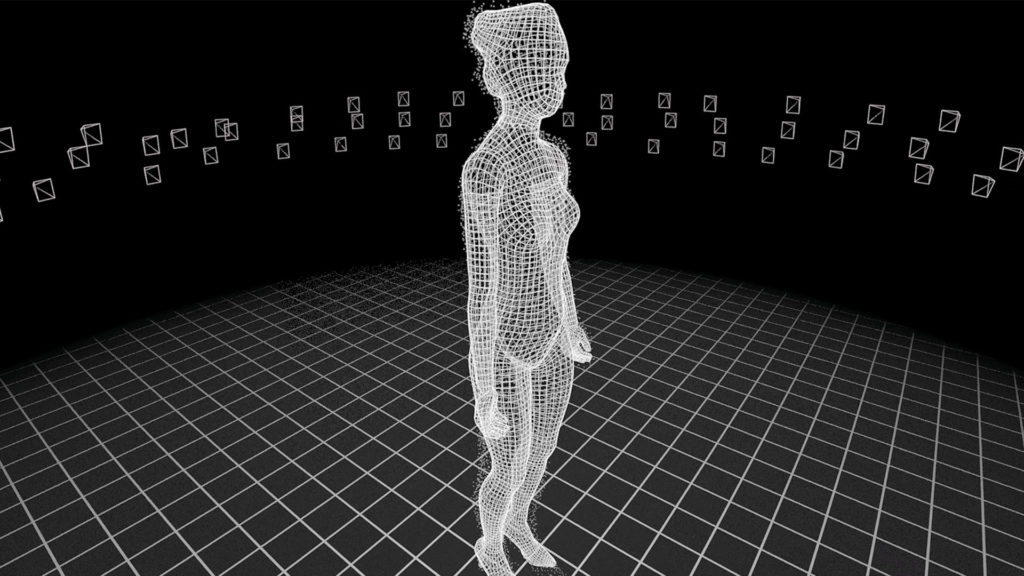
How Can Fashion Brands Lower Their Returns?
PICTOFiT is our answer to conquer these e-commerce issues. Our virtual try-on solutions let your customers create personalized avatars by entering a few body measurements. As a result, they receive a full-body digital twin of themself where they can mix and match complete outfits and see how they would fit and look on them. With the help of a heat map, they can see where an item may be too loose or tight and gives customers the most accurate size recommendation. After conducting A/B tests, our customers report a decrease of 30% in their product return rate for first-time shoppers.
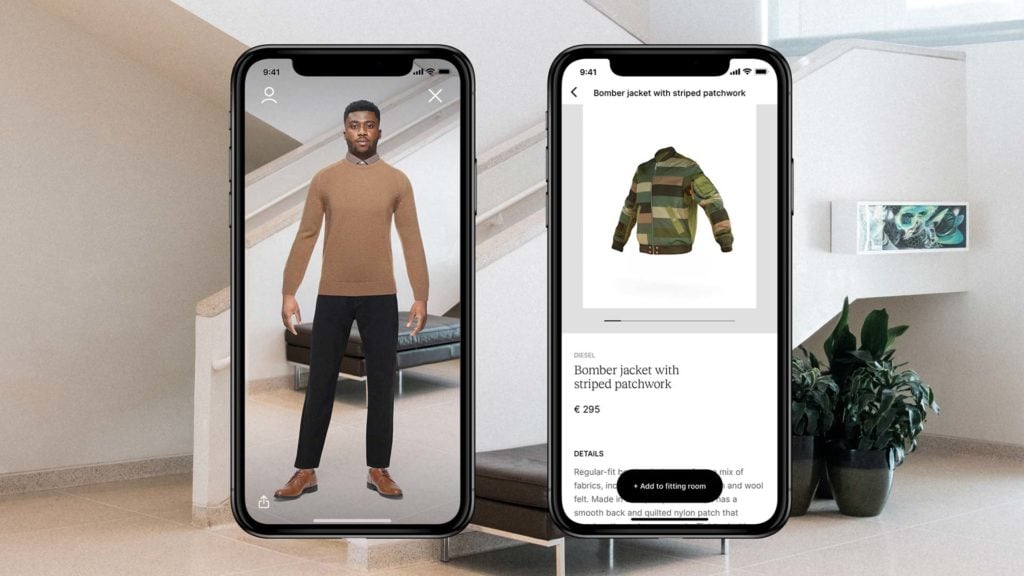
Tired of high returns and want to do something good for the planet? Let’s work together to reduce the return rate!


